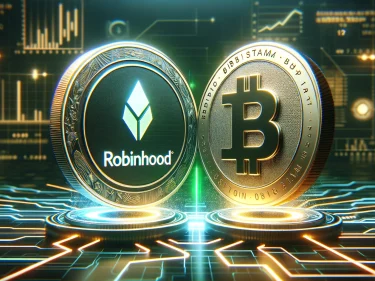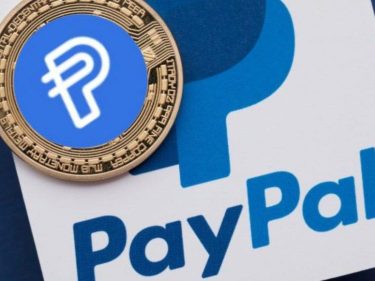Tokenization: The Digital Transformation Of Assets

Tokenization has been making waves in the world of finance and technology, and for good reason. It has the potential to revolutionize the way we own, trade, and manage assets, making the process quicker, more efficient, and more secure. But what exactly is tokenization? And how does it work?
Tokenization is the process of converting assets into digital tokens, which are then stored on a blockchain. These assets can be anything from real estate and fine art to stocks and bonds. By turning these assets into tokens, they become much easier to trade, manage, and track, as the blockchain provides a secure and transparent ledger of all transactions.
Think of tokenization as a sort of “digital transformation” of assets. Just as companies have transformed their traditional business models to take advantage of the internet and digital technology, tokenization does the same for assets. It makes them more accessible, more convenient, and more secure, all while reducing the costs and risks associated with traditional asset ownership.
One of the key benefits of tokenization is that it allows for fractional ownership of assets. This means that instead of having to buy a whole property or artwork, you can now buy a fraction of it, allowing for greater accessibility and affordability. This is especially important for high-value assets, such as real estate and fine art, which have traditionally been out of reach for many investors.
Another nice feature of tokenization is the ability to automate many of the processes that are involved in traditional asset ownership. For example, with tokenized assets, you can automate the payment of rent, taxes, and other fees, making the process much smoother and more efficient. This also eliminates the need for intermediaries, such as banks and lawyers, which can be time-consuming and expensive.
Tokenization also provides increased security and transparency, as all transactions are recorded on a secure, decentralized blockchain. This makes it much more difficult for fraudulent activity to occur, and ensures that the ownership and history of the asset is clear and transparent.
To sum it up, tokenization is the process of converting assets into digital tokens, stored on a blockchain, making them easier to trade, manage, and track. The benefits of tokenization include fractional ownership, automation of processes, and increased security and transparency.
Key Points:
- Tokenization converts assets into digital tokens stored on a blockchain.
- Tokenization makes assets more accessible, convenient, and secure.
- Tokenization allows for fractional ownership of assets.
- Tokenization automates processes and reduces the need for intermediaries.
- Tokenization provides increased security and transparency.



